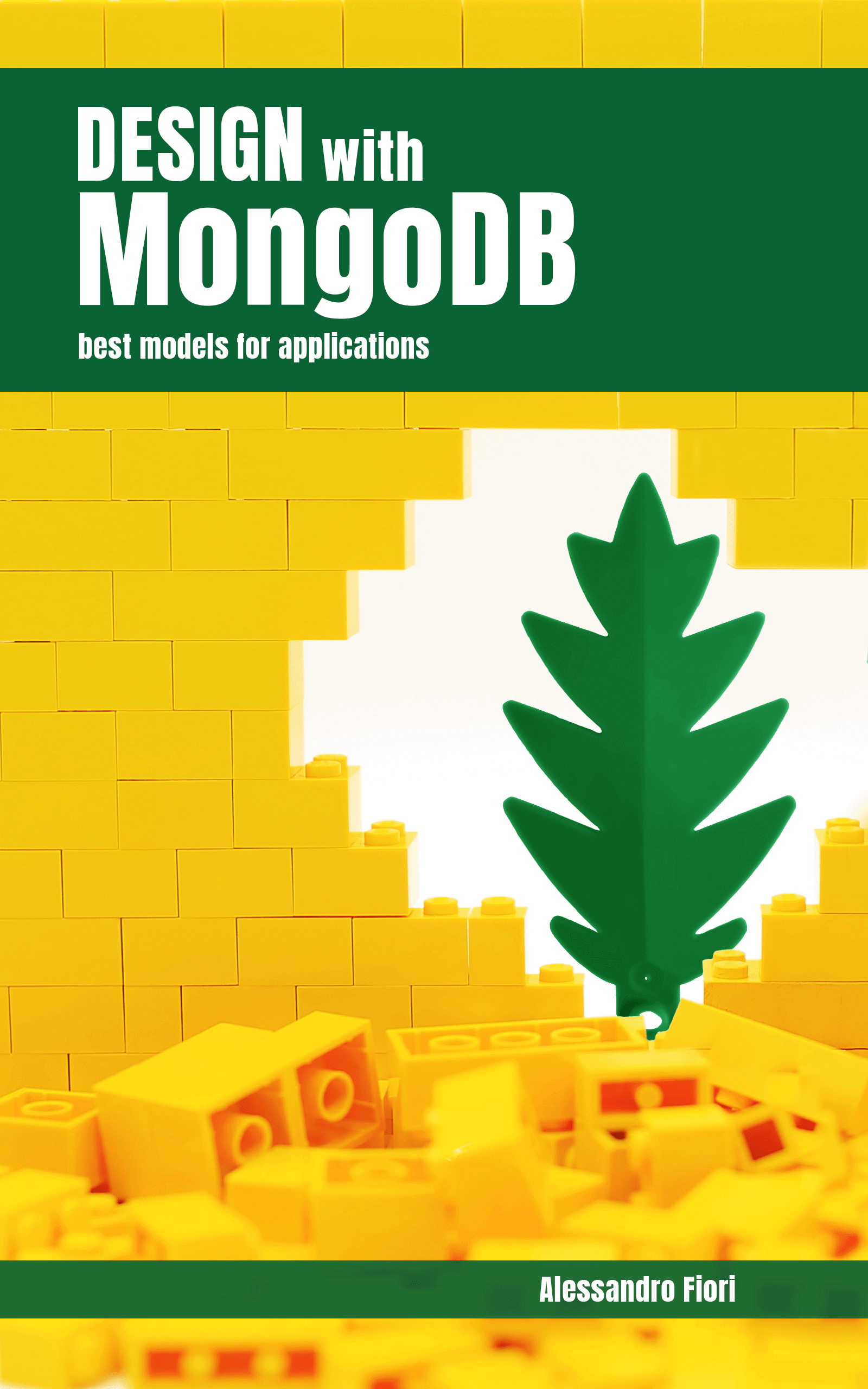Gradio: web applications in python for AI [part2]

Gradio is a python library that allows us to create web applications quickly and intuitively for our machine learning and AI models. Our applications always require user interaction and layout customization. Let us find out, through examples, how to improve our applications.
Gradio: web applications in python for AI [part1]

Writing web applications for our machine learning and/or artificial intelligence models can take a lot of time and skills that we do not possess. To streamline and speed up this task we are helped by Gradio, a Python library designed to create web applications with just a few lines of code. Let’s discover its basic functionality with some examples.
AI: the best prompt techniques for leveraging LLMs
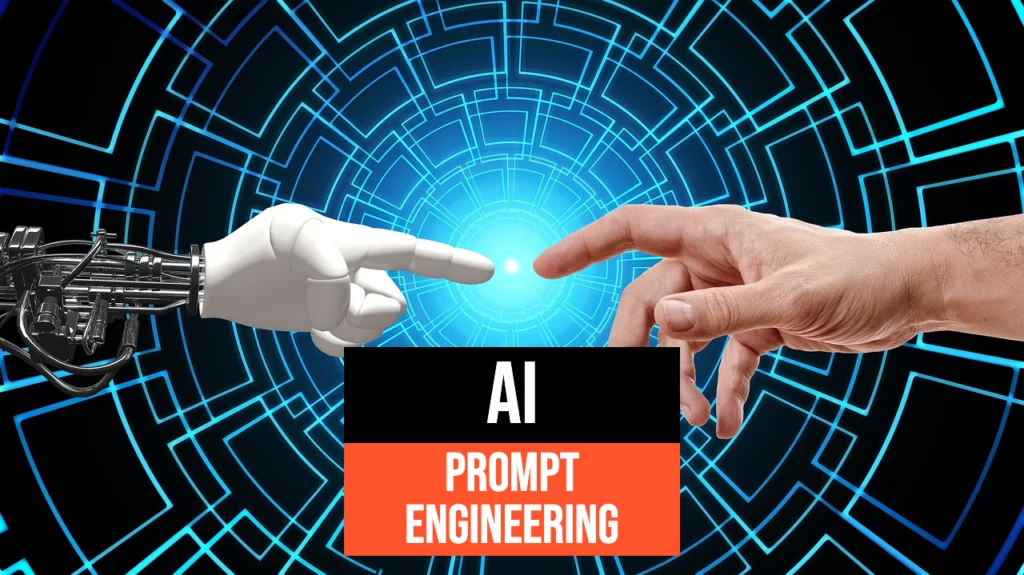
Prompt techniques are the basis for the use of LLMs. There are several studies and guidelines for obtaining the best results from these models. Let us analyze some of them to extract the basic principles that will allow us to obtain the desired answers according to our task.
AI: create a chatbot with your own data
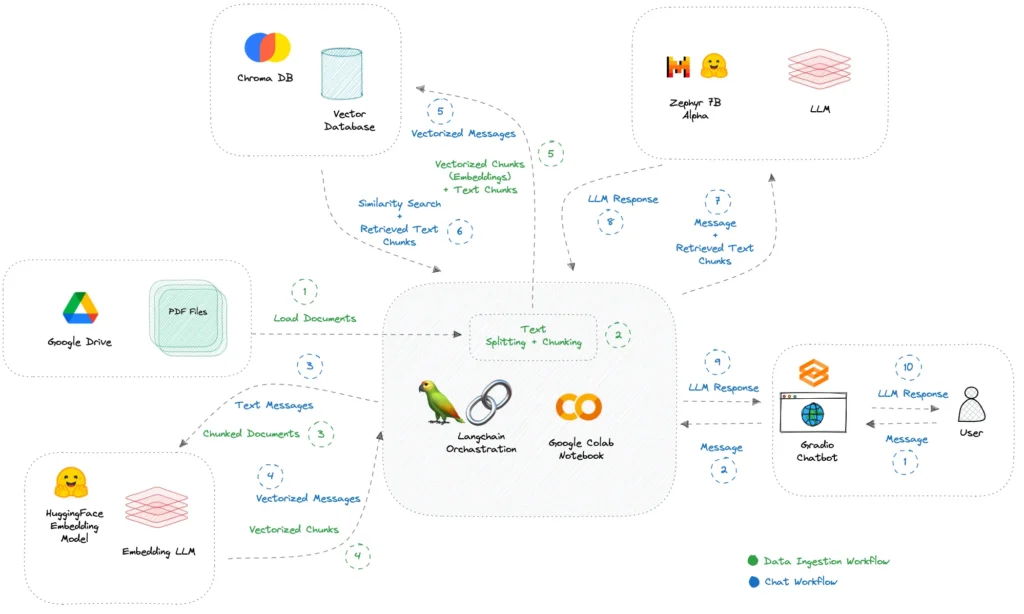
ChatGPT allows us to have a virtual assistant at our complete disposal. However, it has one major limitation: it does not know our private data. How can we build our own virtual assistant, or rather a chabot, that uses our data and does not require us to invest money? Let’s find out how to build one using open LLM, free computational environments such as Colab, and Python libraries to manage PDF files and create simple and intuitive web interfaces.
Exploring artificial intelligence: deep learning project ideas
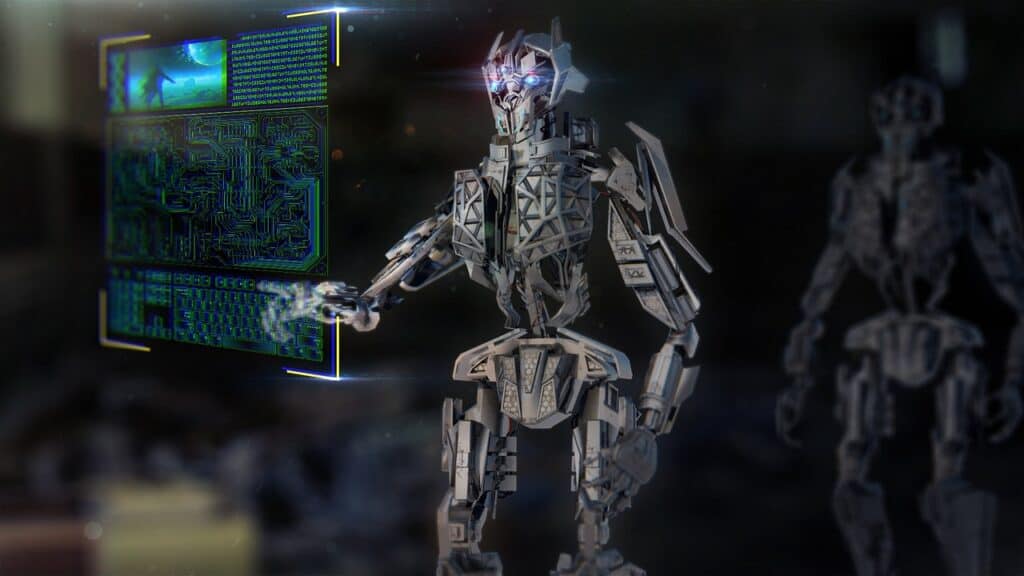
Artificial intelligence has been gaining enormous interest in recent times. The application of deep learning and AI models to real scenarios has opened up new horizons. To generate models for our applications, however, we need data on which to train these models. Let us explore some ideas that could enable us to create new applications and services.
Prompt engineering: prompting techniques [part 2]

The techniques proposed by prompt engineering allow even very complex tasks to be performed. Some of them, such as zero-shoot, few-shoot and Chain-of-Thought (CoT), manage to provide excellent results in some contexts. Where models have limitations, however, they can be remedied by even more advanced techniques such as Self-Consistency, Generated Knowledge and Tree of Thoughts.
Prompt engineering: prompting techniques [part 1]

Prompt engineering makes it possible to optimize the results obtained by acting only on what is provided to the LLMs. In recent years, several techniques have been proposed to appropriately structure prompts to solve even complex tasks without having to retrain the initial model. We will look at some simple techniques such as zero-shoot, few-shoot and Chain-of-Thought (CoT).
LLM: Prompt Examples
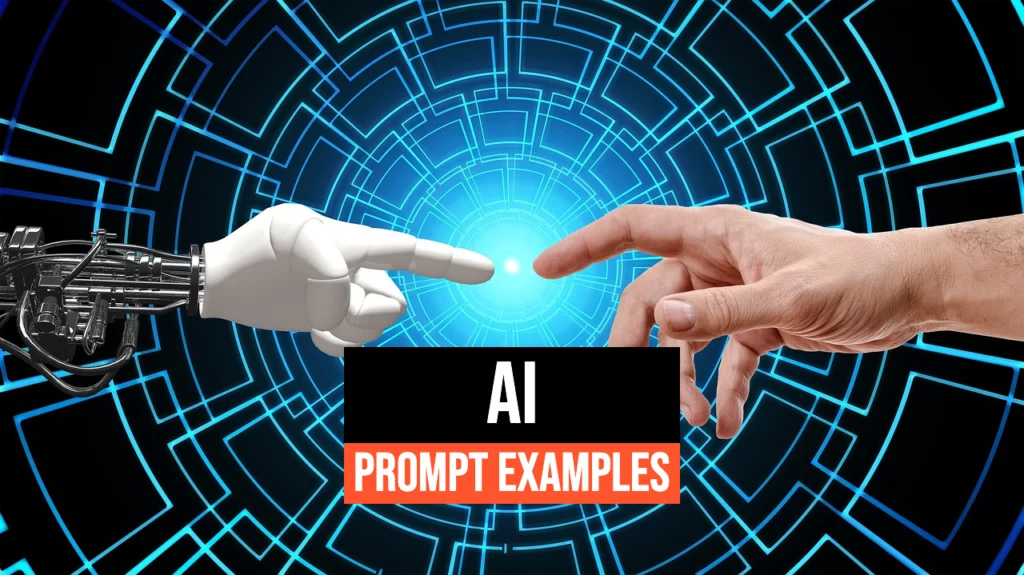
Creating prompts for LLM models, such as ChatGPT, can be considered a new art. From structuring prompts to using context, it is possible to improve the conversational experience and extract maximum value from interactions with LLMs. Through practical examples, we will see how to best structure prompts to generate engaging and meaningful conversations with AI based on the set task.
Prompt engineering

The advent of ChatGPT and LLM (Large Language Models) has revolutionized the world. Almost every industry has undergone a revolution and is adopting these powerful means of artificial intelligence to build new tools and services. But how do we build the prompts, i.e., the instructions, to make these models generate what we are interested in? Prompt engineering is the discipline that addresses this very issue. Let’s discover some tips for improving our prompts to artificial intelligence tools.
Hierarchical clustering: how it works
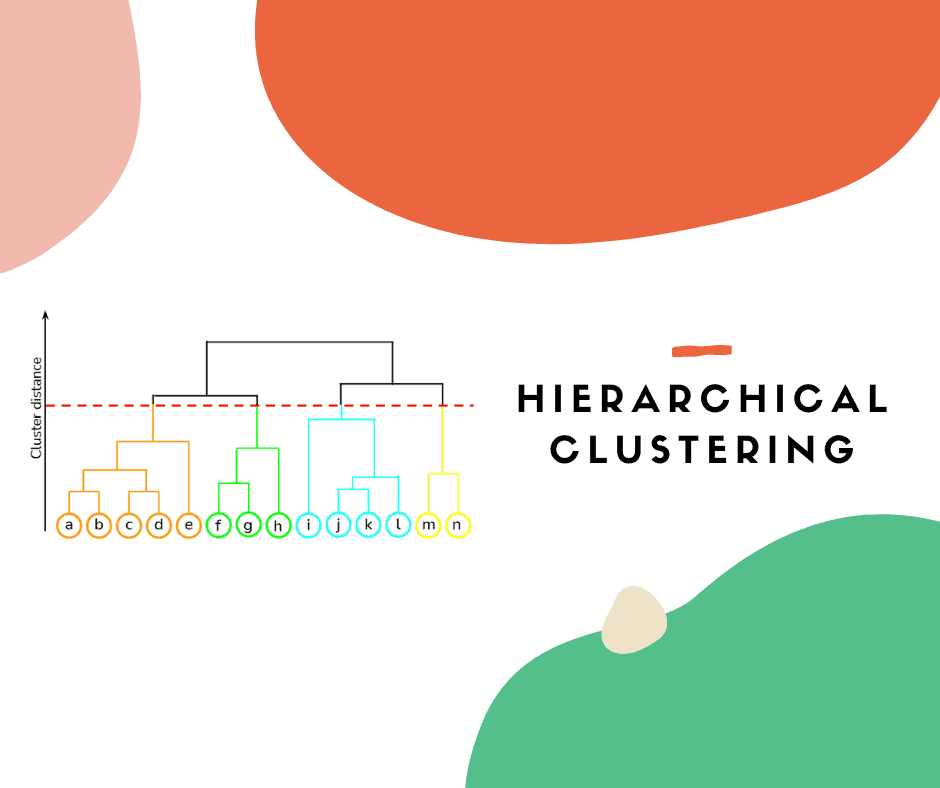
Clustering algorithms allow data to be grouped according to their inherent characteristics. There are many algorithms that have been developed over the years. Hierarchical clustering, thanks to a graphical representation called a dendogram, makes it possible to visualize at a glance the composition of clusters and interpret their characteristics. Let us find out, step by step, how it works and how to interpret the results obtained.
